38 understanding nutrition facts on food labels
Understanding Food Nutrition Labels - American Heart Association Learn what to look for on the label. 1 - Start with the serving information at the top. This will tell you the size of a single serving and the total number of servings per container (package). 2 - Next, check total calories per serving and container. Food labels - NHS Nutrition information labels can help you choose between products and keep a check on the amount of foods you're eating that are high in fat, salt and added ...
Understanding Nutrition Facts on Food Labels - WebMD The label tells you it has no fiber or any of the key nutrients: vitamins A or C, iron and calcium. You'll notice different units of measurement on food labels. Many of the nutrients are...

Understanding nutrition facts on food labels
How To Understand Nutrition Facts Labels: A Guide To Food Labels Similarly, a healthy diet high in calcium, iron, vitamin D, and potassium can help reduce the risk of certain major health concerns like compromised bone health, red blood cell deficiency, and an increase in your blood pressure. 3. Labels can help you eat cleanly. Food nutrition labels can help you create your own version of a healthy diet. Understanding Food Nutrition Labels | EmPOWERED To Serve Learn what to look for on the label. 1 - Start with the serving information at the top. This will tell you the size of a single serving and the total number of servings per container (package). 2 - Next, check total calories per serving and container. How to Read Food Labels + Nutrition Facts • Healthy.Happy.Smart. Total carbohydrates on any nutrition facts label include dietary fiber, sugar, complex carbs, and other non-digestible additives. You'll see the total first, then carbs are broken down into dietary fiber and sugars - and you'll see an amount for each of those. Dietary Fiber -This is essential to a healthy diet.
Understanding nutrition facts on food labels. Reading Food Labels | ADA - American Diabetes Association Put food labels to work. The Nutrition Facts labels on foods are really the key to making the best choices. We'll cover the basics so that these labels make shopping easier for you. You've heard it all. From carb-free to low-carb, to whole and empty carbs, it's hard to know what it all means. Blood sugar highs and lows aren't always ... Get the Facts! Steps to Reading and Understanding Nutrition Facts Labels Food labels list percentages of the recommended daily intakes of several nutrients. The numbers are based on a 2,000-calorie diet and are used for adults who are 18 years or older. If you consume more or less than 2,000 calories per day, you still can use % Daily Values as a reference. How To Read Food and Beverage Labels - National Institute on Aging The U.S. Food and Drug Administration (FDA) requires a Nutrition Facts label on most packaged foods and beverages. At the top of the Nutrition Facts label, you will find the total number of servings in the container and the food or beverage's serving size. Food Labels 101: Understanding the Nutrition Facts Label A sodium level of 140 mg or less on the nutrition facts label is considered low sodium. This is an essential number to look for when reading the label. Total Carbohydrates - Fiber and Sugar Foods high in fiber can be beneficial to a healthy diet, as fiber helps manage blood sugar levels and can lower cholesterol.
Understanding Ingredients on Food Labels - Professional Heart Daily ... Understanding Ingredients on Food Labels. Food labels are an important source of information about calories and the nutritional value of the foods you eat, a crucial tool in building a heart-healthy diet. The Nutrition Facts information is always displayed in the same orderly fashion and helps you understand how much of certain nutrients that ... Reading Food Nutrition Labels 101 and How to Decode Them Low cholesterol - 20 milligrams or less of cholesterol and 2 grams or less of saturated fat per serving. The manufacturers call it sodium, but everyone knows it is plain old salt. Limit the high sodium foods you eat, aiming for a daily intake of 2400 milligrams or less. Sodium-free - less than 5 milligrams per serving. 10 tips for understanding food labels - Heart Matters magazine 3. You don't need to calorie count ... Calories (kcal) or kilojoules (kJ) are measures of how much energy is in the product. As a guide, women need around 2000 ... How to Understand and Use the Nutrition Facts Label | FDA - U.S. Food ... Dietary fiber, vitamin D, calcium, iron ad potassium are nutrients on the label that Americans generally do not get the recommended amount of. They are identified as nutrients to get more of....
How to read food labels | healthdirect What information is on the food label? · the name of the product, describing accurately what it is · the brand name · what ingredients it contains (listed in order ... Food Labeling 101: Understanding the Nutrition Facts Label Ingredients are listed in order of amount by weight, starting with the largest amounts. This can be the most important information if there are ingredients you're avoiding for one reason or... Understanding Nutrition Facts on Food Labels - enKo Products A nutrition facts label is like a license to highlight your product's health benefits, helping to promote it. For example, if your product is rich in vitamin D, your food label can say that it is good for the bones. If it has plenty of folic acid, your sticker can state that it is good for pregnant women. Understanding Food Nutrition Labels - American Heart Association Learn what to look for on the label. 1 - Start with the serving information at the top. This will tell you the size of a single serving and the total number of servings per container (package). 2 - Next, check total calories per serving and container.
Learn How the Nutrition Facts Label Can Help You Improve Your Health Nutrients Required on Label Vitamin D and potassium values are required. Calcium and iron will continue to be required. Vitamins A and C will no longer be required but can be included on a voluntary basis. Slight Decrease in Sodium Allowance The daily limit for sodium decreased slightly from 2,400 mg per day to 2,300 mg per day.
Understanding the New Nutrition Facts Label - Academy of Nutrition and ... June 13, 2016. The new Nutrition Facts label features updated information to help consumers make informed food choices about the foods they eat. Many manufacturers already have started to adapt the new label on their products, and the new Nutrition Facts label will appear on all food items by January 1, 2021. Learn more about the new labels by ...
Understanding Food Nutrition Labels | American Heart Association Learn what to look for on the label. 1 - Start with the serving information at the top. This will tell you the size of a single serving and the total number of servings per container (package). 2 - Next, check total calories per serving and container.
Learning To Read Labels :: Diabetes Education Online When you read food labels, the grams of sugar are already included in the total carbohydrate amount, so you do not need to count this sugar amount separately. The grams of sugar listed include both natural sugars, from fruit or milk, and added sugars. On a nutrition food label, the total carbohydrate includes the sugar. Some Nutrition Facts ...
The Basics of the Nutrition Facts Label - Academy of Nutrition and ... The Nutrition Facts applies to the serving size, so if the serving size is one cup and you eat two cups, you are getting twice the calories, fat and other nutrients than what is listed on the label. Find out how many calories are in a single serving and compare it to your total calorie allowance for the day.
The New Nutrition Facts Label | FDA - U.S. Food and Drug Administration The U.S. Food and Drug Administration (FDA) has updated the Nutrition Facts label on packaged foods and drinks. FDA is requiring changes to the Nutrition Facts label based on updated...
Understanding Ingredients on Food Labels | American Heart Association Understanding Ingredients on Food Labels. Food labels are an important source of information about calories and the nutritional value of the foods you eat, a crucial tool in building a heart-healthy diet. The Nutrition Facts information is always displayed in the same orderly fashion and helps you understand how much of certain nutrients that ...
Understanding food labels - Canada.ca Nutrients About nutrients, fats, vitamins on nutrition facts table, on packaged foods. Nutrient content claims Meaning of fat-free, no added sugar, low sodium, other nutrient content claims. Percent daily value How to calculate % daily value on a nutrition facts table, how to use % daily value. About food labels
Food Labels | CDC - Centers for Disease Control and Prevention If you eat the whole thing, you are eating 8 times the amount of calories, carbs, fat, etc., shown on the label. Total Carbohydrate shows you types of carbs in the food, including sugar and fiber. Choose foods with more fiber, vitamins, and minerals. Choose foods with lower calories, saturated fat, sodium, and added sugars. Avoid trans fat.
When it comes to reading food labels, what's most important? Serving size. Check to see how many servings the package contains. The nutrition numbers on the rest of the label are for a single serving. So if you eat two ...
Understanding Food Labels - The Nutrition Source The Nutrition Facts Label The Nutrition Facts label is overseen by the U.S. Food and Drug Administration (FDA) and was first mandated under the Nutrition Labeling and Education Act of 1990 to help consumers make quick, informed food choices. It has undergone revisions, with the latest update released in 2016.
Understanding nutrition facts on food labels - SheKnows From the FDA, here's a general guide to calories: 40 calories is considered "low" 100 calories is "moderate" 400 calories or more is "high" The average person needs between 1,600 and 2,400...
Understanding Food Labels - Nutrition: Science and Everyday Application ... The FDA uses the following definitions for interpreting the %DV on food labels:4 5%DV or less means the food is low in a nutrient. 10% to 19%DV means the food is a "good source" of a nutrient. 20%DV or greater means the food is high in a nutrient.
How to Decode a Nutrition Label - Healthline People with eating disorders often find that nutrition labels trigger tendencies to obsess about calories, fat, or sugar. "When examined through the lens of food-preoccupation, as in chronic ...
How to Read Food Labels + Nutrition Facts • Healthy.Happy.Smart. Total carbohydrates on any nutrition facts label include dietary fiber, sugar, complex carbs, and other non-digestible additives. You'll see the total first, then carbs are broken down into dietary fiber and sugars - and you'll see an amount for each of those. Dietary Fiber -This is essential to a healthy diet.
Understanding Food Nutrition Labels | EmPOWERED To Serve Learn what to look for on the label. 1 - Start with the serving information at the top. This will tell you the size of a single serving and the total number of servings per container (package). 2 - Next, check total calories per serving and container.
How To Understand Nutrition Facts Labels: A Guide To Food Labels Similarly, a healthy diet high in calcium, iron, vitamin D, and potassium can help reduce the risk of certain major health concerns like compromised bone health, red blood cell deficiency, and an increase in your blood pressure. 3. Labels can help you eat cleanly. Food nutrition labels can help you create your own version of a healthy diet.


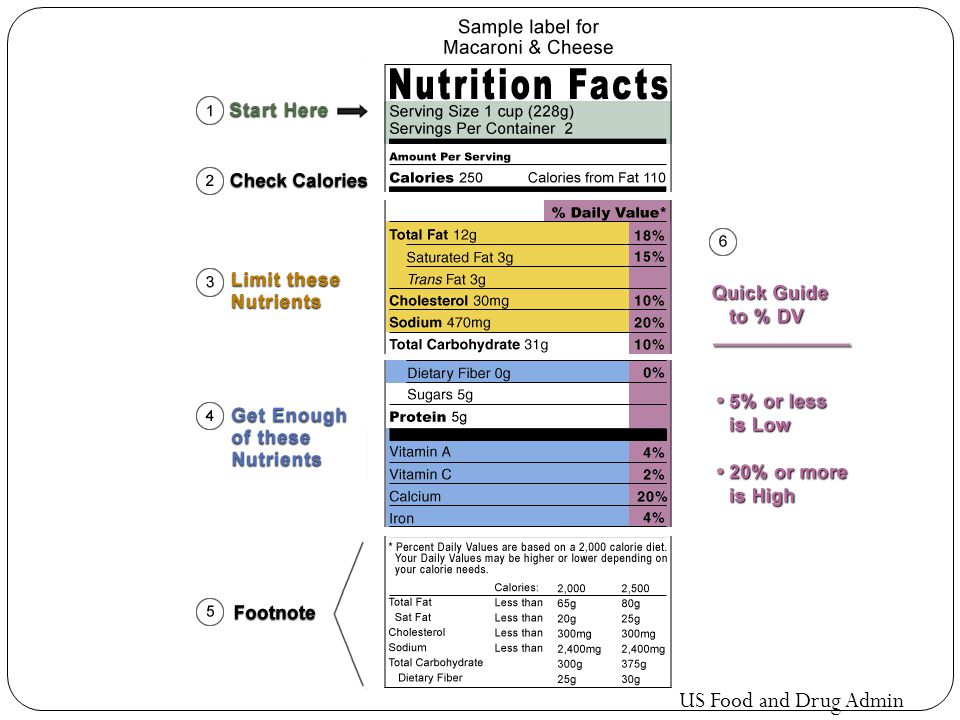



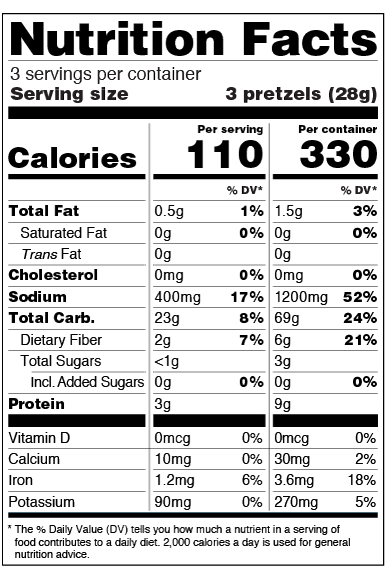




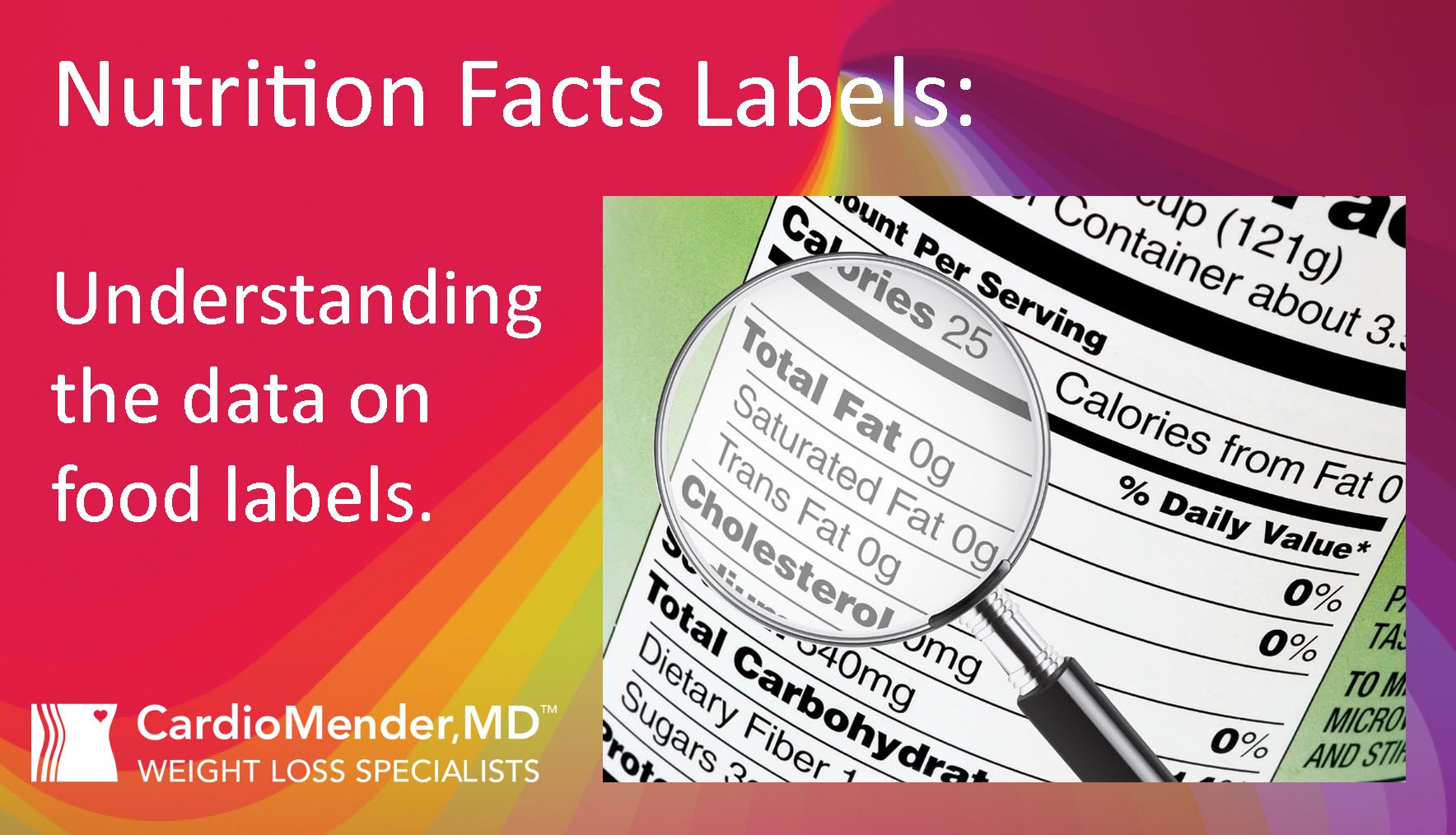
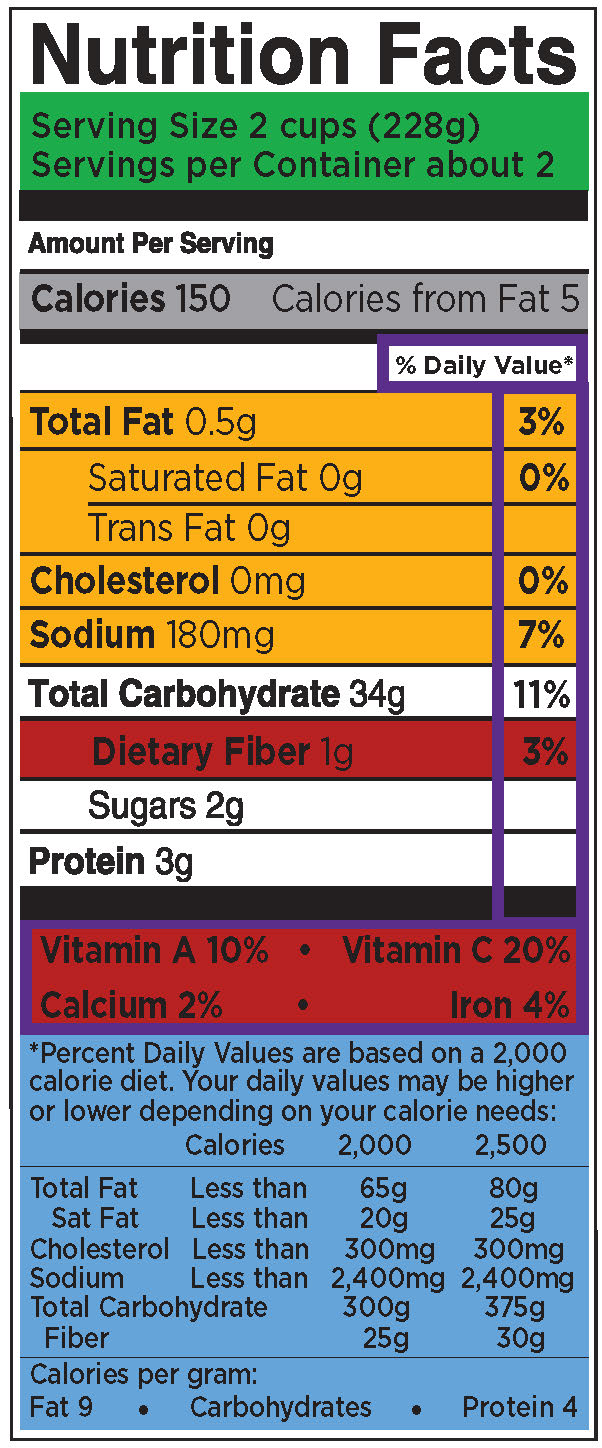
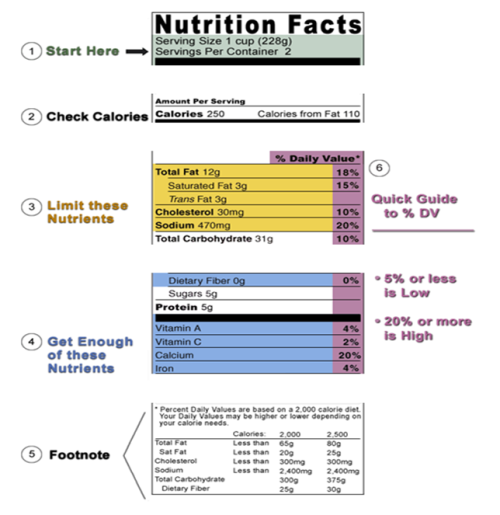




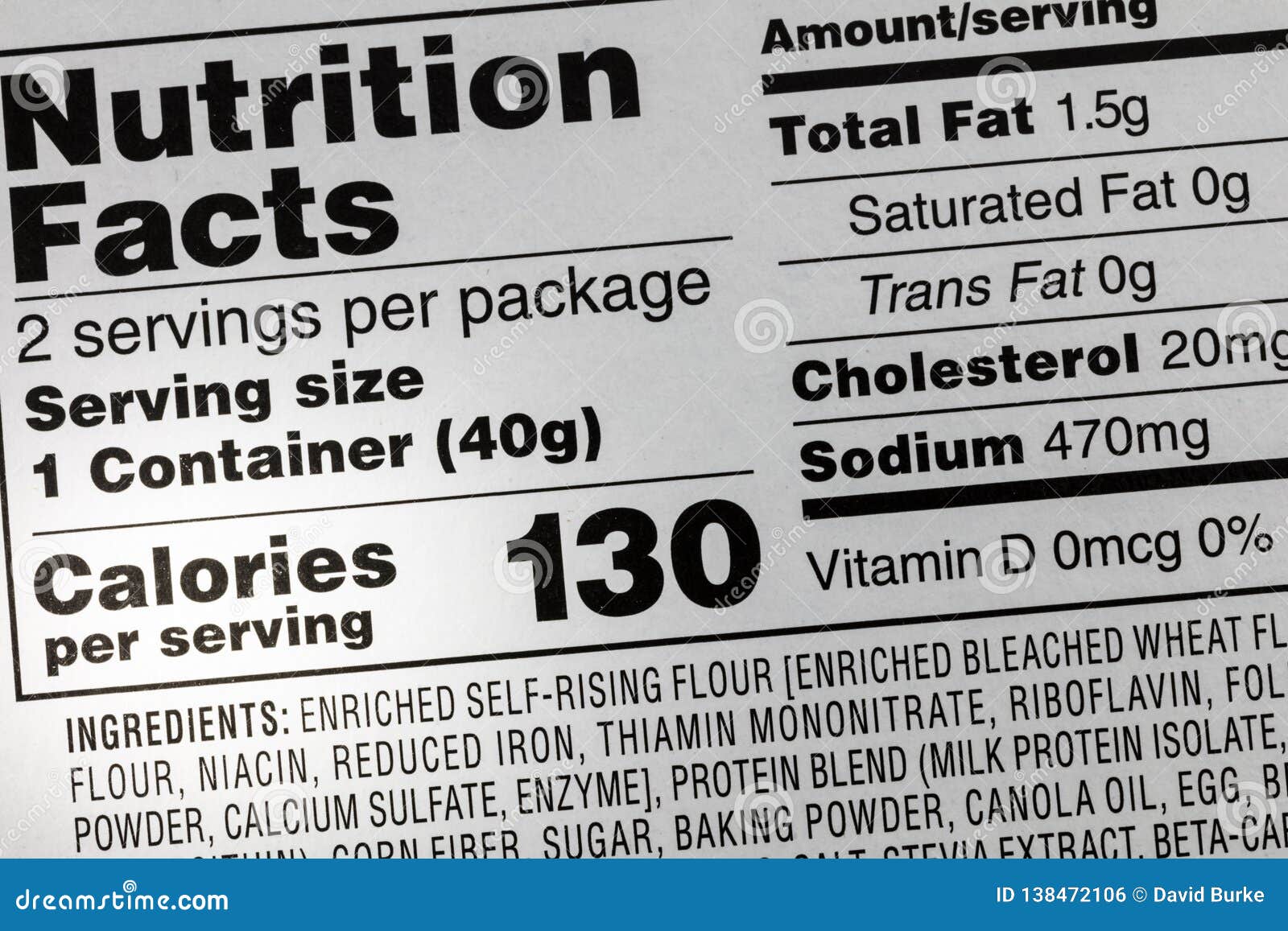


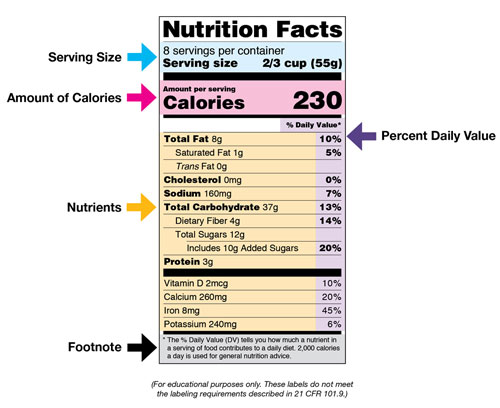

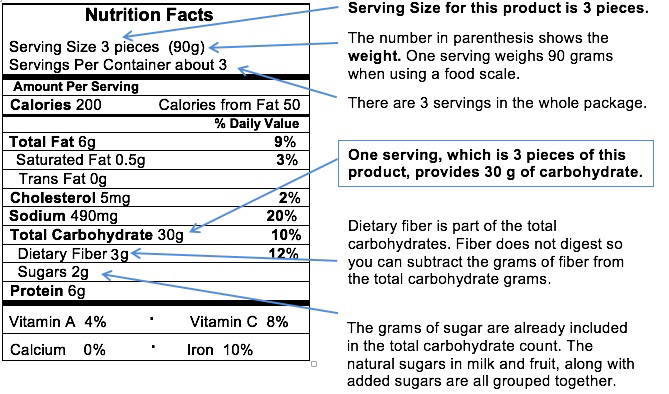
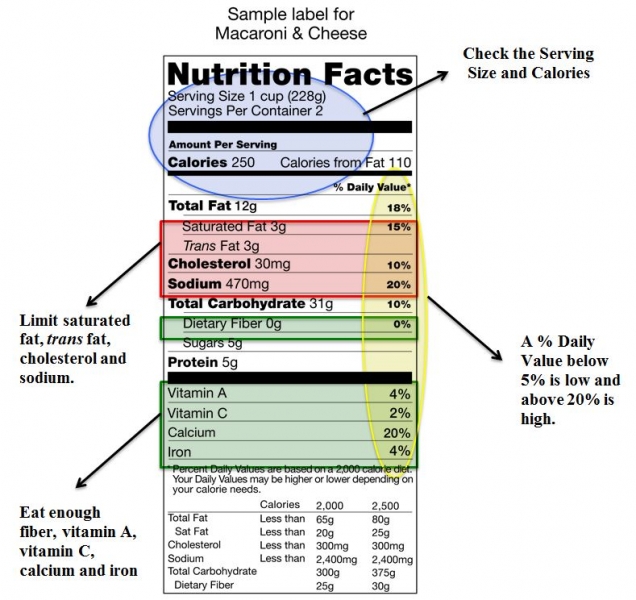





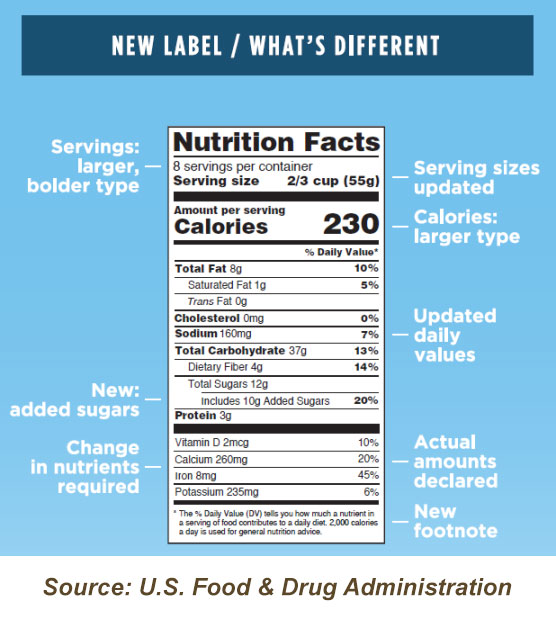
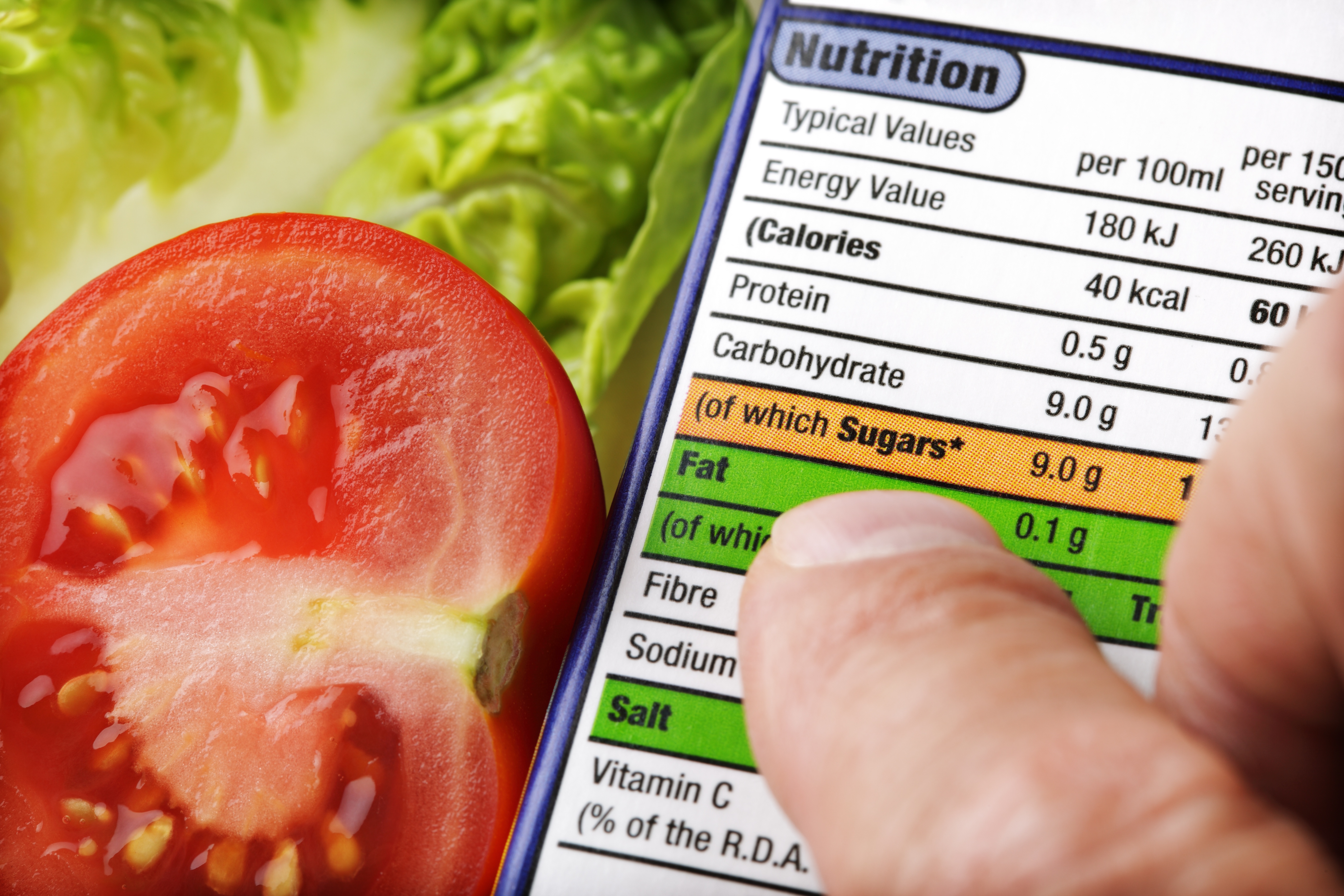



Post a Comment for "38 understanding nutrition facts on food labels"